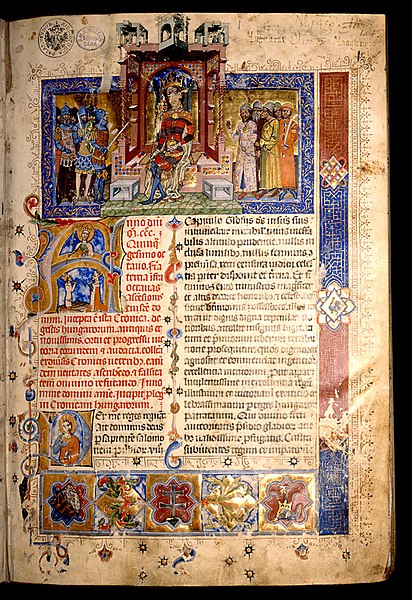Rājataraṅgiṇī is a metrical legendary and historical chronicle of the north-western part of Indian sub-continent, particularly the kings of Kashmir. It was written in Sanskrit by Kashmiri historian Kalhana in the 12th century CE.
Translation of the Rajatarangini by Sir Aurel Stein (1900 edition).
Possible coinage of Meghavahana. Circa 7th century CE, Kashmir.
Coin in the name of "Śrī Toramaņa", c. 6th century, Kashmir.
Coinage in the name of "Pravarasena". Circa 6th-early 7th century CE, Kashmir.
A chronicle is a historical account of events arranged in chronological order, as in a timeline. Typically, equal weight is given for historically important events and local events, the purpose being the recording of events that occurred, seen from the perspective of the chronicler. A chronicle which traces world history is a universal chronicle. This is in contrast to a narrative or history, in which an author chooses events to interpret and analyze and excludes those the author does not consider important or relevant.
Chronicon Pictum, the "Illuminated Chronicle" from the royal Hungarian court from 1358
Chronicles of Flanders. Manuscript manufactured in Flanders, 2nd half of the 15th century. Manuscript preserved in the University Library of Ghent.






